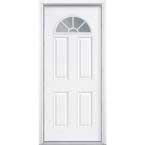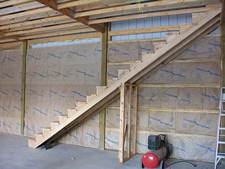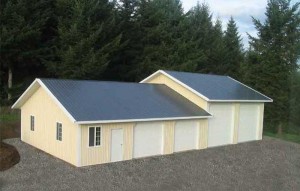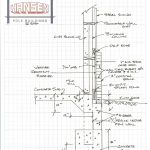Let Me Out
 The Triangle Shirtwaist Factory fire in New York City March 25, 1911, was the deadliest industrial disaster in the history of the city of New York and resulted in the fourth highest loss of life from an industrial accident in U.S. history. The fire caused the deaths of 146 garment workers, who died from the fire, smoke inhalation, or falling to their deaths.
The Triangle Shirtwaist Factory fire in New York City March 25, 1911, was the deadliest industrial disaster in the history of the city of New York and resulted in the fourth highest loss of life from an industrial accident in U.S. history. The fire caused the deaths of 146 garment workers, who died from the fire, smoke inhalation, or falling to their deaths.
Because the managers had locked the doors to the stairwells and exits – a common practice at the time to prevent pilferage and unauthorized breaks – many of the workers who could not escape the burning building jumped from the eighth, ninth, and tenth floors to the streets below. The fire led to legislation requiring improved factory safety standards, as well as eventually modern Building Codes.
To most people, death by fire would be way down on the list of ways to have to “check out”.
The IBC (International Building Code) mandates in Section 1005.3.1, “Buildings or structures used for human occupancy shall have at least one exterior door…..”
IBC Section 1003.3.1.2 states, “Egress doors shall be side-hinged swinging”.
There are, like so many things, some exceptions to the side-hinged swinging door. These include, “Private garages, office areas, factory and storage areas with an occupant load of 10 or less.”
IBC Section 1003.3.1.3.3 allows for horizontal sliding doors to be used as egress, except, “The doors shall be power operated…” This would preclude the use of a sliding barn door as an egress.
What triggered this research, for me, was an email Hansen Building Designer Rachel received from one of our clients who completed their building last year. “Turns out, I should have included a man-door in my original specs. So, do you have any hints on how best I can add the door now?”
Some, if not all, Codes require exit doors be openable from the inside without the use of a key, any special knowledge, or effort. Operating mechanisms (like door knobs) must be installed 34” to 48” above the finished floor. Therefore an overhead garage door does not meet the requirements for an exit door.
In spite of this, our client, who posed the question, was issued a permit to build with only two overhead doors!
The real solution, in any fully enclosed building, is to have included at least a swinging “person” door. Advance planning, keeps this from being an issue, and in reality – what building should not have an entry door?
Not to go off on a tangent here – but you may find this entertaining. I always do. About once or twice a year, we have someone order a kit with no doors. And I mean no doors. Nada, none. And the building is completely covered with steel! It makes me wonder if they are tunneling into the building, or do they have something to hide? Yes, we have folks who provide their own doors (buy them from someone else) but at a minimum we provide the framing for the door, as it must be incorporated into the design of the building. But no doors? Hmmm. Put an entry door on. If nothing else, I’ll sleep better at night.









